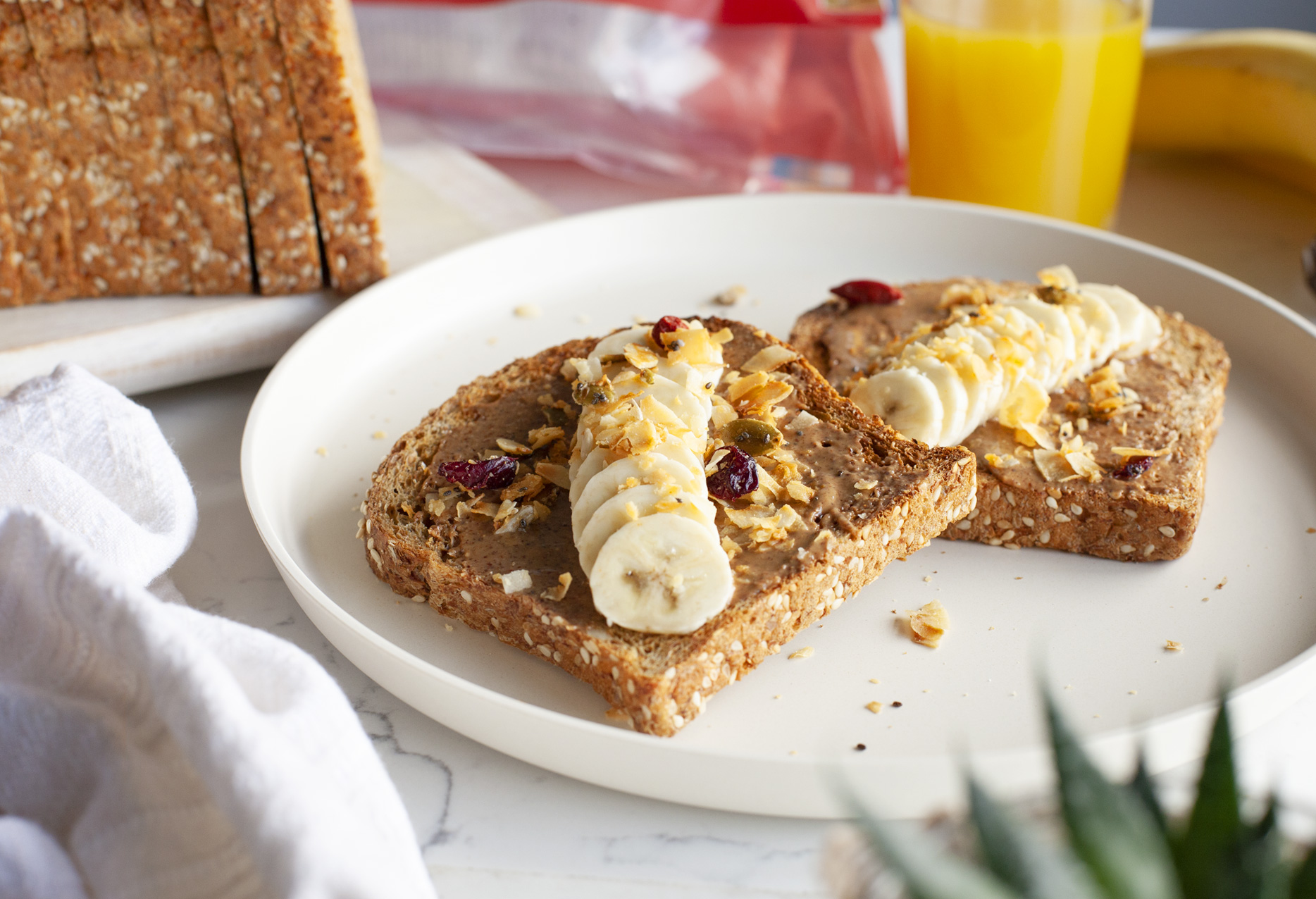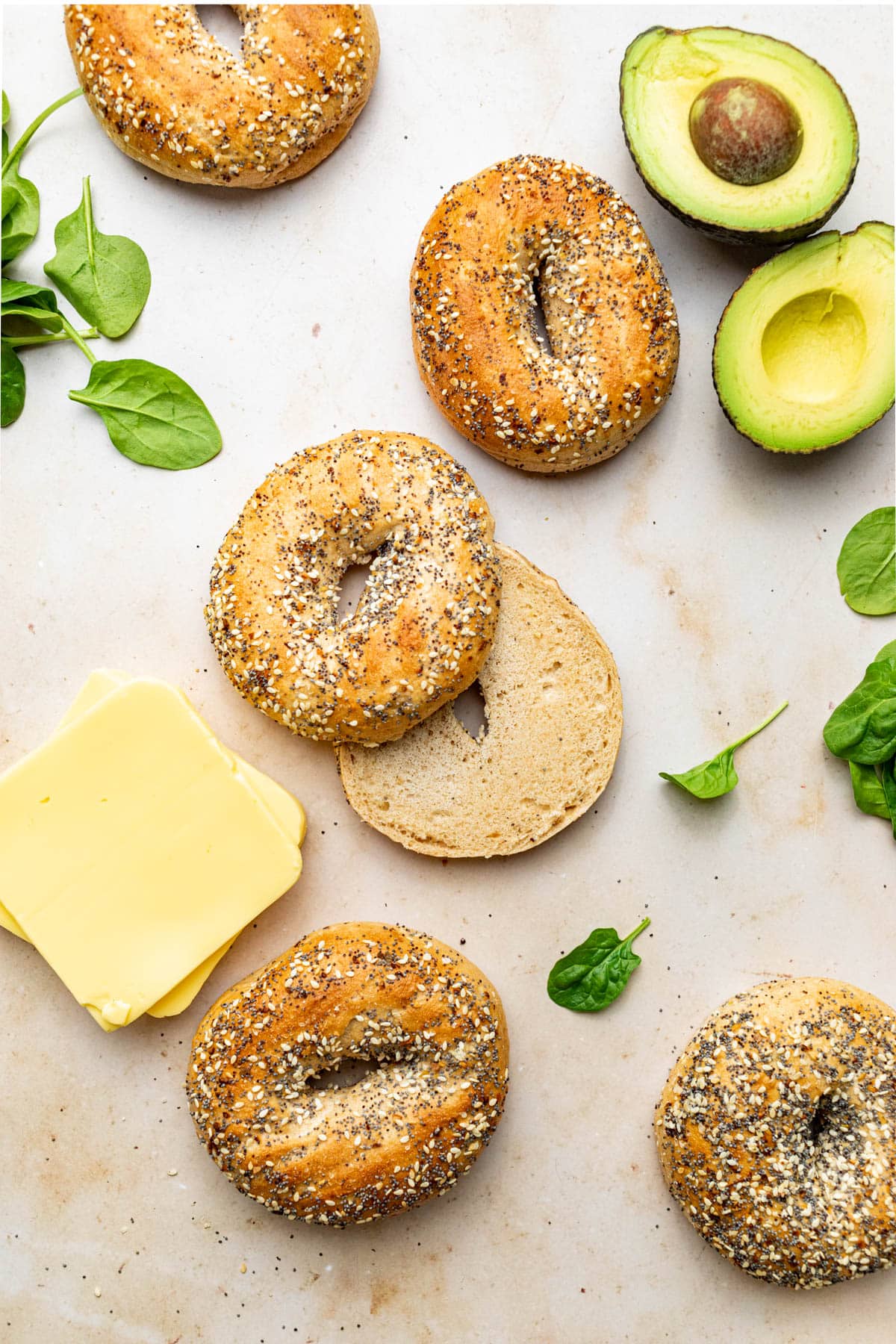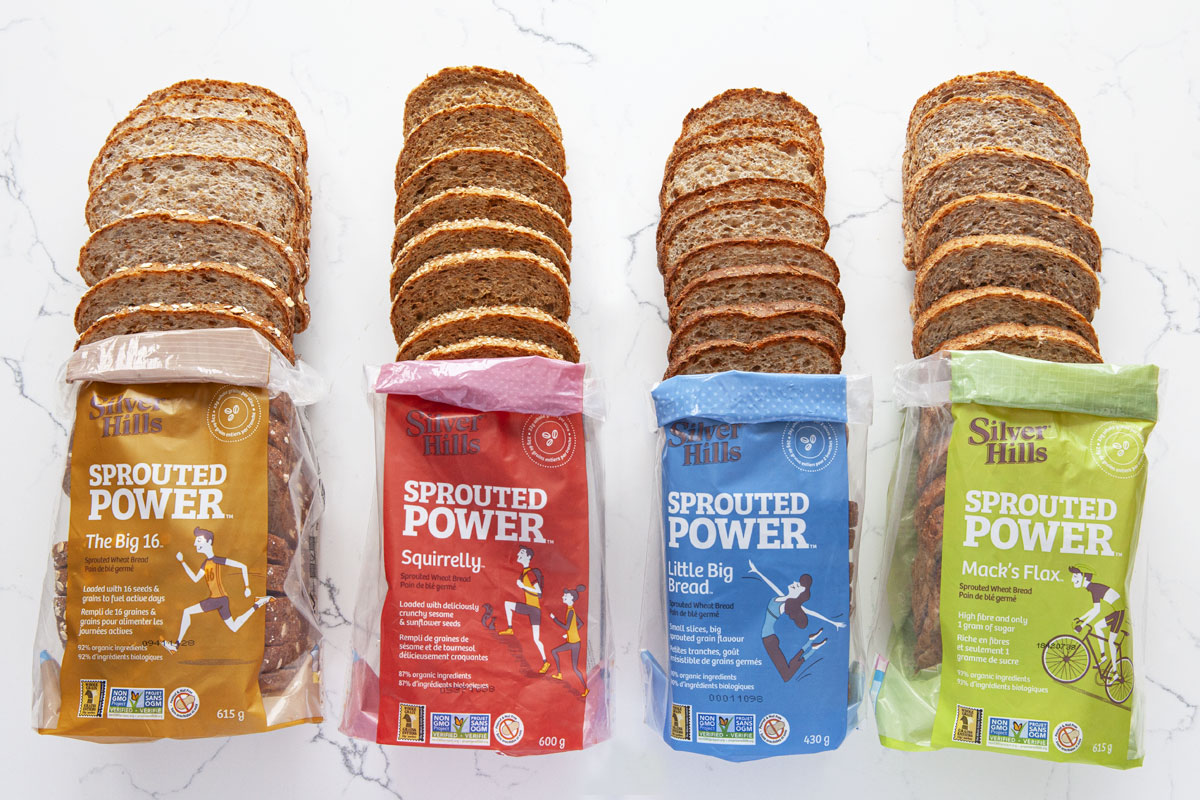Article What’s in a Whole Grain?
Bran, germ, and endosperm—learn how all parts of a whole grain deliver nutrition
January 18, 2019
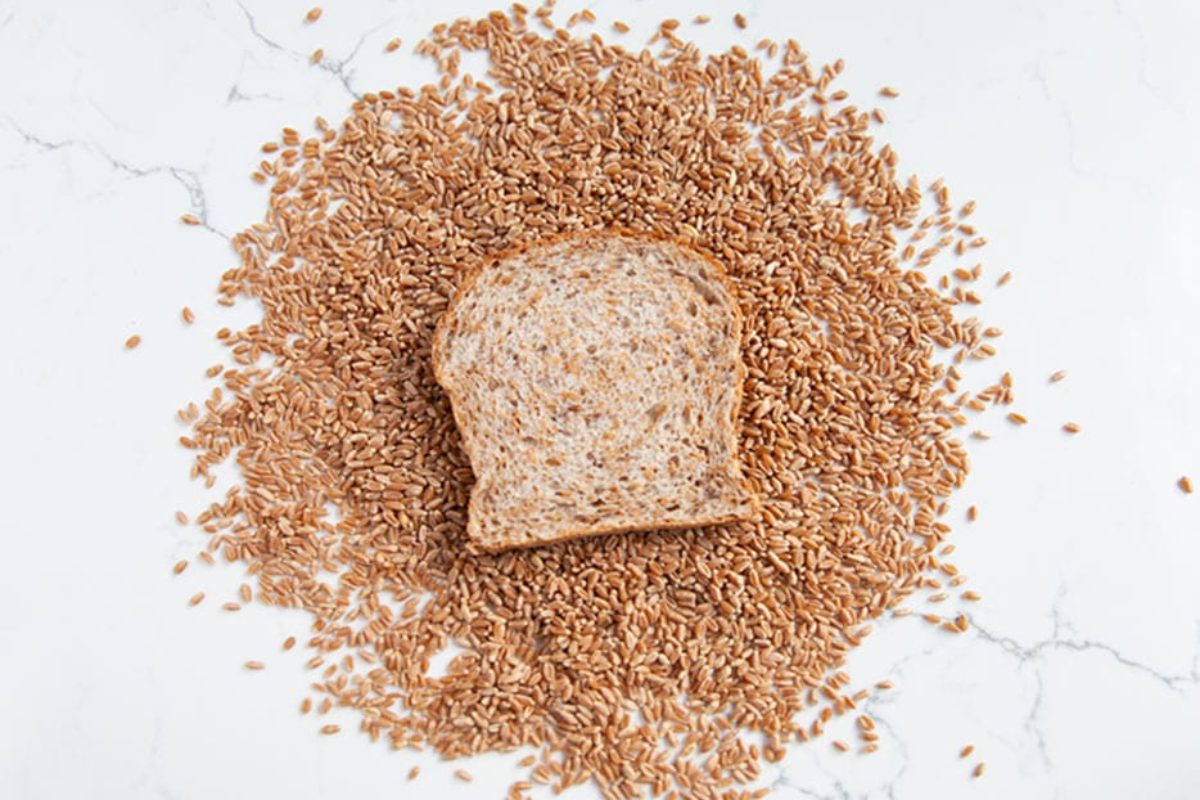
You’re on it. You know whole grains are good for you and your family, but do you really know what’s in a whole grain? What makes it whole to begin with? And why are whole grains a healthy choice? Let’s take a look.
What is a Whole Grain?
According to the Whole Grains Council, “Whole grains or foods made from them contain all the essential parts and naturally-occurring nutrients of the entire grain seed in their original proportions.”1 That means that 100% of the original kernel must be present in a food in order for it to be labeled as a whole grain—and whether the grain has been cracked, crushed, rolled, extruded, or cooked—it will still deliver the same balance of nutrients as an unprocessed whole grain.
What’s in a Whole Grain?
On the surface, a wheat kernel may just seem like a wheat kernel, but look inside and you’ll see that whole grains have an anatomy all their own. A whole grain has three main parts and they all must be present in the same proportions as when it was grown in the field in order to qualify as a whole grain. These parts are:
The Bran: the multi-layered protective skin of the edible kernel.
The Germ: the grain embryo, which when sprouted, can grow into a new plant.
The Endosperm: the largest portion of the kernel and the germ’s food supply and energy command centre. The endosperm has the ability to send roots into the earth to collect water and nutrients and grow sprouts above ground to harness the sun’s power for photosynthesis.
The Embryonic Axis: Once the grain begins to sprout, this is where the root will emerge from the seed.
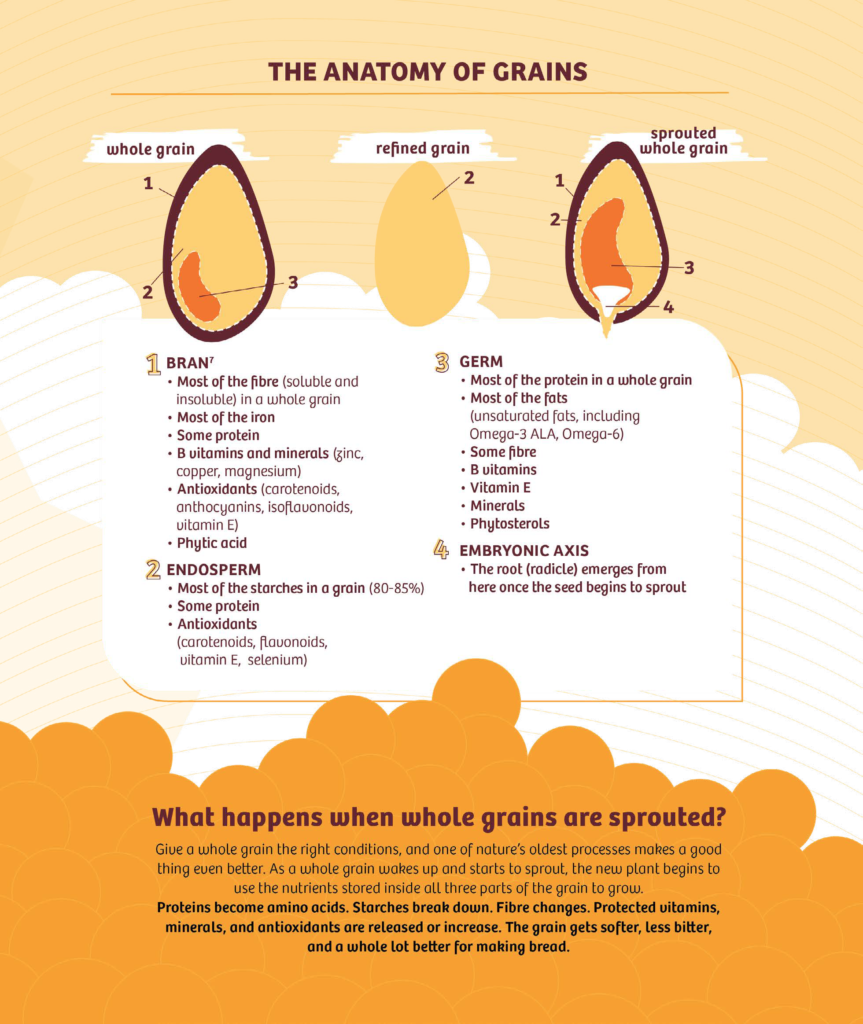
Whole Grains Are Healthy
It’s no secret that whole grains are a great source of nutrients. They give our bodies the nutrients they need to get through the day—including dietary fibre, B vitamins, iron, zinc, manganese, magnesium, copper, phosphorus, selenium, and vitamin A2. Incorporating whole grains and high-fibre foods into your diet can reduce the risk of stroke, colon cancer, heart disease, and type-2 diabetes3. (And that’s why public health agencies around the world encourage you to eat more of them!)
Why Should the Grain Stay Whole?
Different parts of the grain have different nutrient stores. Here’s a quick look at what those nutrients are according to what part of the grain they’re stored in.
The Bran: antioxidants, B vitamins, iron, protein, and fibre4.
The Germ: B vitamins, protein, minerals, fibre, vitamin E, minerals, phytosterols, and healthy fats4.
The Endosperm: mostly made up of starchy carbohydrates but also contains small amounts of vitamins, minerals, and protein4.
You can see then, that when the grain is refined and not kept whole, the balance of Mother Nature’s design is thrown off. That’s why when you eat white bread, made from refined white flour where only the starchy endosperm of the grain is used, you will mostly likely feel a blood-sugar rush, followed by a crash—you’re missing out on the essential vitamins, minerals, fibre, and protein in the bran and germ.
The Takeaway
We tend to believe that as a rule, foods that are left whole are better for you. That’s why we use a variety of different whole grains in our breads, buns, and bagels, so you have complete access to all of the amazing nutrients found in grains like wheat, rye, barley, amaranth, and more.
The Whole Grains Council’s Whole Grain Stamp is a quick and easy way to help you identify whole grain foods when you’re grocery shopping for your family. It tells you how many grams of whole grains you get in every serving of a product. And you can find it on the packaging of all your favourite Silver Hills Sprouted Power™️ bread, buns, bagels, and tortillas.
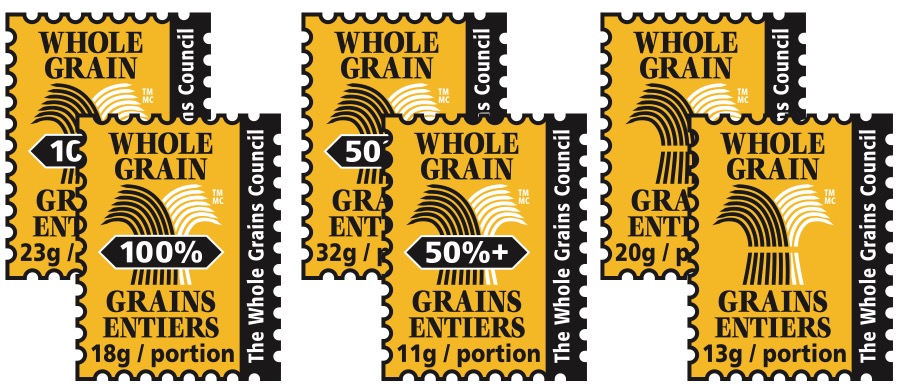
Learn More About Healthy Whole Grains—and How Sprouting Makes Whole Grains Even Better
At Silver Hills Sprouted Bakery, we love whole grains—especially when they’re sprouted! But what are sprouted whole grains? Read on to learn what sprouted grains are, why we use them, some of the many ways bread made from sprouted whole grains is more nutritious, and how sprouted whole grain breads can help make your breakfast more filling.
Or dive in and get a full introduction to the wonderful world of sprouting—complete with recipes and a how-to guide to sprouting at home. Check out our Why Sprouted page and download our FREE 3-Part Why Sprouted Handbook today!
(Already love the idea of sprouted whole grains? Discover which Silver Hills Bakery sprouted whole grain bread is best for you and your family)
